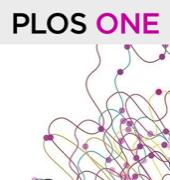Optimizing environmental enrichment for Sprague Dawley rats: Exemplary insights into the liver proteome

We conducted a six-month study involving 24 male Sprague Dawley rats who were randomly assigned to four environmental enrichment groups. Two groups were housed in standard cages, while the others were placed in modified rabbit cages. Half of the groups received weekly playtime in an enriched rat housing unit. We evaluated hormone levels, playtime behavior, and subjective handling experience. Additionally, liver tissue proteomic analysis was performed.
Initial corticosterone levels and those after 3 and 6 months showed no significant differences. Yet, testosterone levels were lower in the control group by the end of the study (p=0.007). In the liver tissue, we detected 1,871 distinct proteins, with 77% of them being consistent across all groups. In gene ontology analysis, no specific pathways were overexpressed. In semiquantitative analysis, we observed differences in proteins associated in lipid metabolism such as Apolipoprotein A-I and Acyl-CoA 6-desaturase, which were lower in the control group (p= 0.024 and p=0.009). Enriched environments reduced rat distress, large cages eased handling, and conflicts between rats lessened with bi-weekly interactions.
The manuscript "Optimizing environmental enrichment for Sprague Dawley rats: Exemplary insights into the liver proteome" has been accepted for publication in PLOS ONE.
Authors are Nathalie N. Roschke, Karl H. Hillebrandt, Dietrich Polenz, Oliver Klein, Joseph MGV Gassner, Johann Pratschke, Felix Krenzien, Igor M. Sauer, Nathanael Raschzok, and Simon Moosburner.

